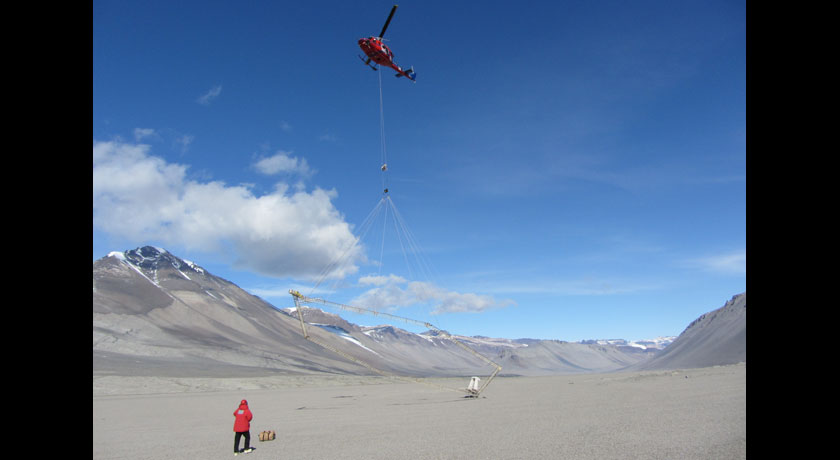
ICED OVER Using a helicopter-mounted sensor, researchers have spotted liquid water beneath one of Antarctica’s frozen dry valleys. The water could harbor a microbial ecosystem, the researchers say.
J. Mikucki

ICED OVER Using a helicopter-mounted sensor, researchers have spotted liquid water beneath one of Antarctica’s frozen dry valleys. The water could harbor a microbial ecosystem, the researchers say.
J. Mikucki